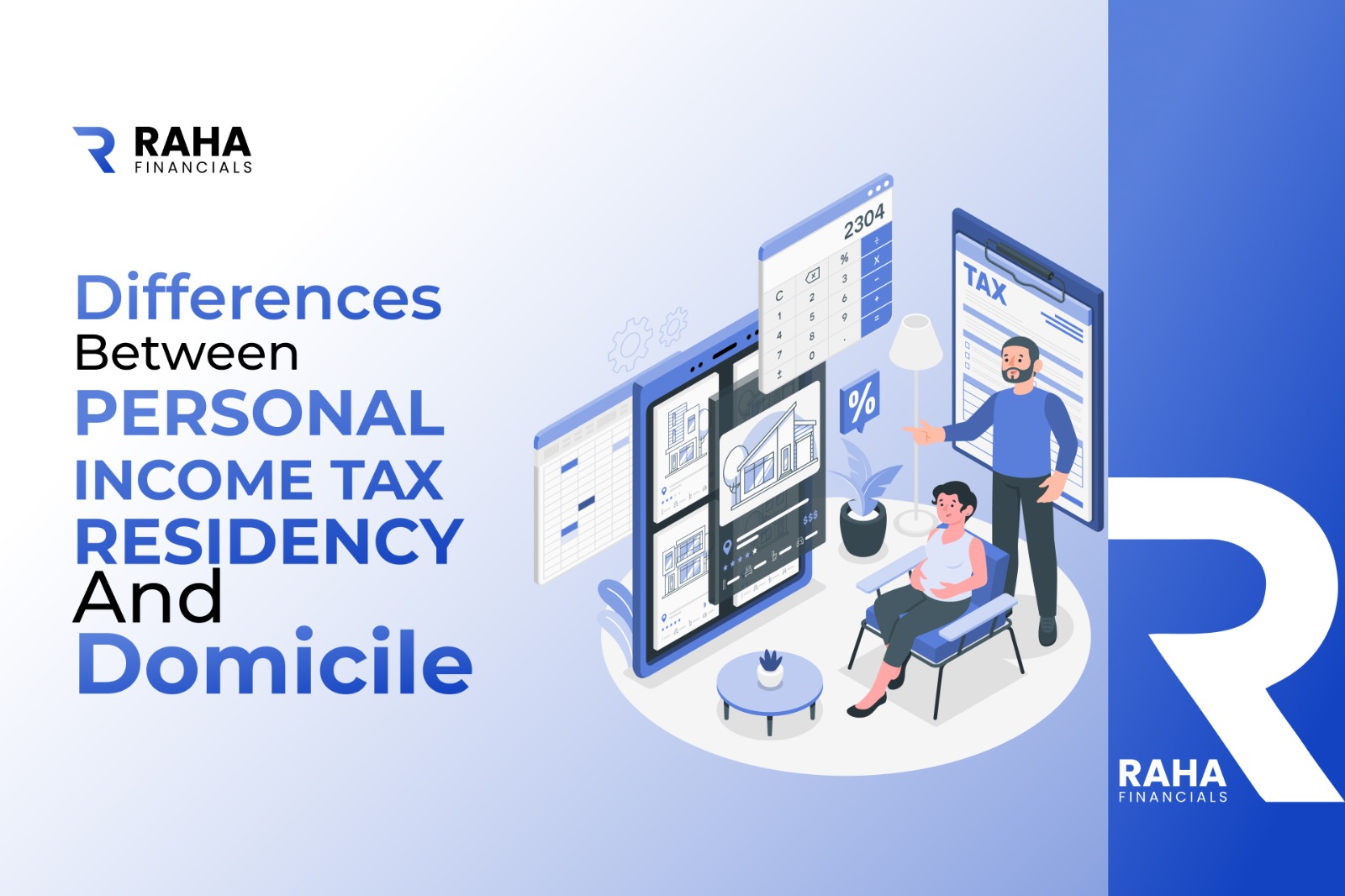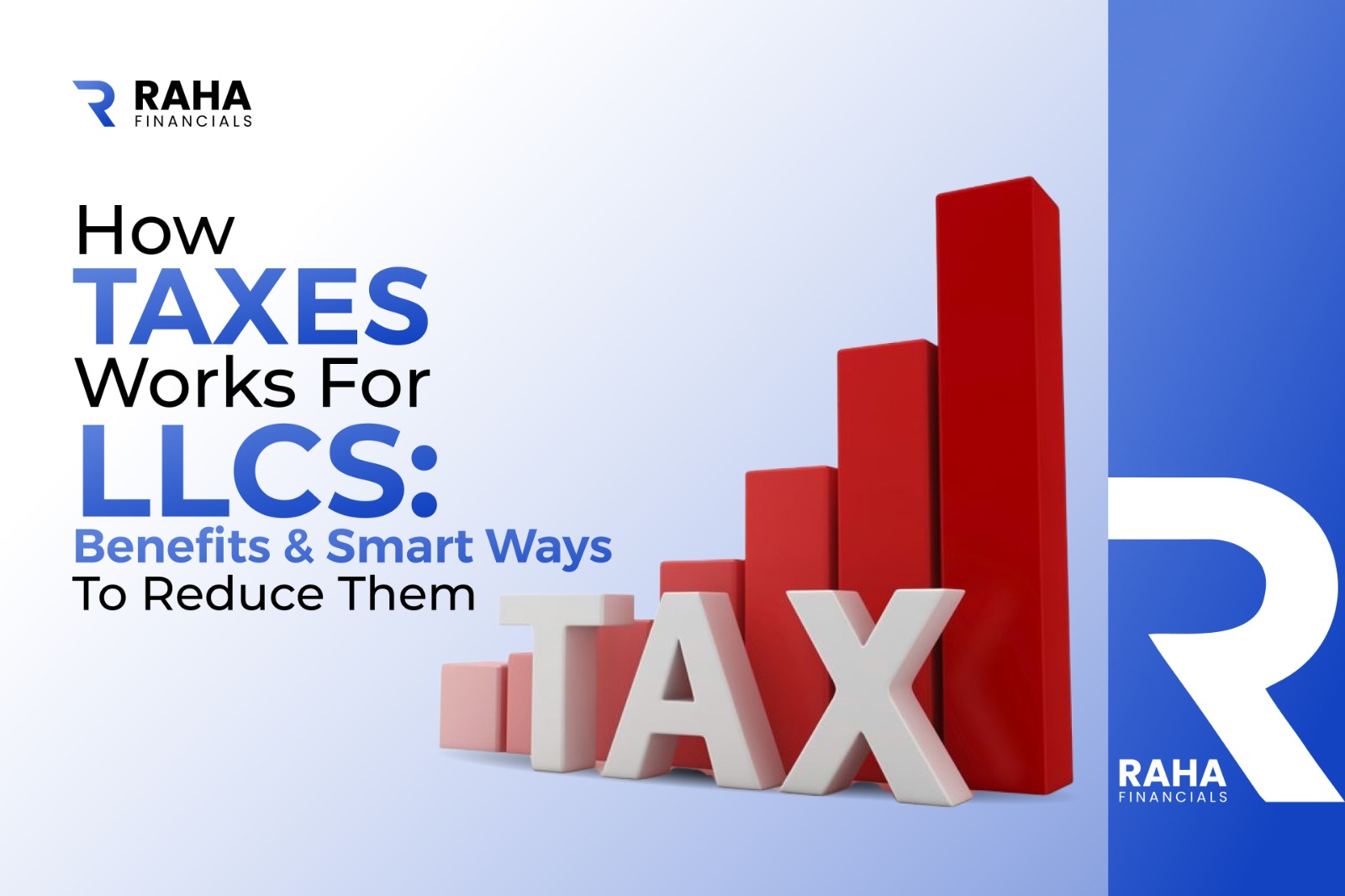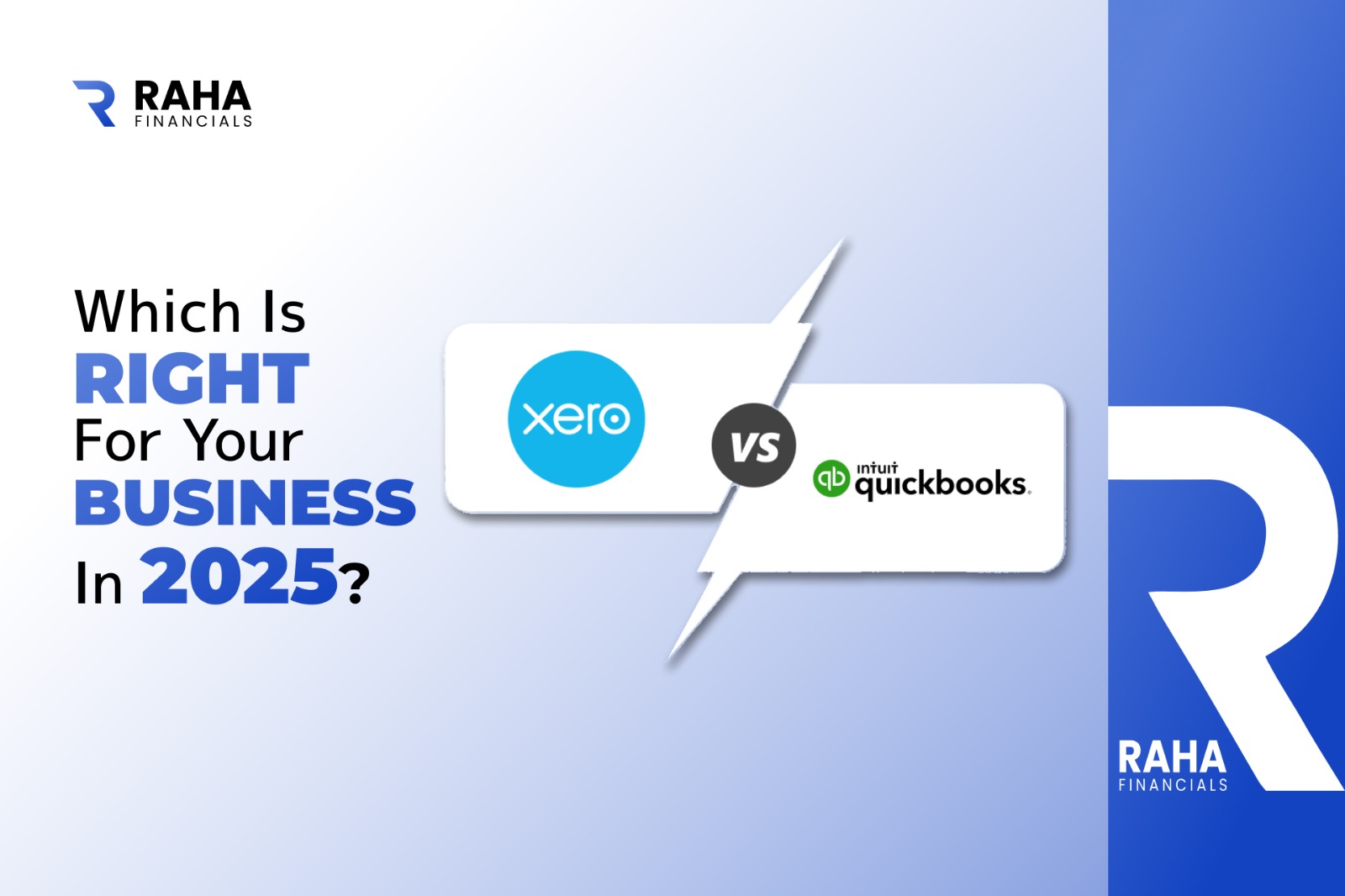Introduction
If you owe back taxes, you’re not alone. Many taxpayers struggle with unpaid tax debts. While recent news has stirred confusion about a “Trump tax forgiveness program,” it’s important to understand the legitimate relief options available through the IRS.
Is There a Tax Forgiveness Program?
No official government program cancels or forgives all back taxes simply because of new legislation. Beware of scams claiming blanket tax forgiveness or debt erasure.
IRS-Approved Tax Relief Options
The IRS offers several programs designed to help taxpayers manage and resolve their tax debts responsibly:
- Offer in Compromise (OIC): This program allows eligible taxpayers to settle their tax debt for less than the full amount owed if they meet strict financial criteria.
- Instalment Agreements: If you cannot pay your tax bill in full, you can arrange a monthly payment plan with the IRS.
- Penalty Relief: Under certain circumstances, the IRS may waive penalties for late payment or filing.
- Currently Not Collectible (CNC) Status: If you can prove financial hardship, the IRS may temporarily delay collection.
How to Avoid Tax Relief Scams
- The IRS will never call or email demanding immediate payment without prior written notice.
- Be wary of companies charging large fees promising to “erase” your tax debt.
- Always verify credentials of any tax relief company or professional you hire.
Steps to Take if You Owe Back Taxes
- Gather your tax documents and account statements.
- Contact the IRS directly or consult a licensed tax professional.
- Explore your eligibility for the IRS relief programs.
- File any missing tax returns promptly to avoid additional penalties.
Conclusion
While there is no blanket tax forgiveness program, the IRS provides multiple legitimate paths to relieve back tax burdens. Taking proactive steps and working with trusted professionals can help you regain control of your finances and avoid costly mistakes.
























